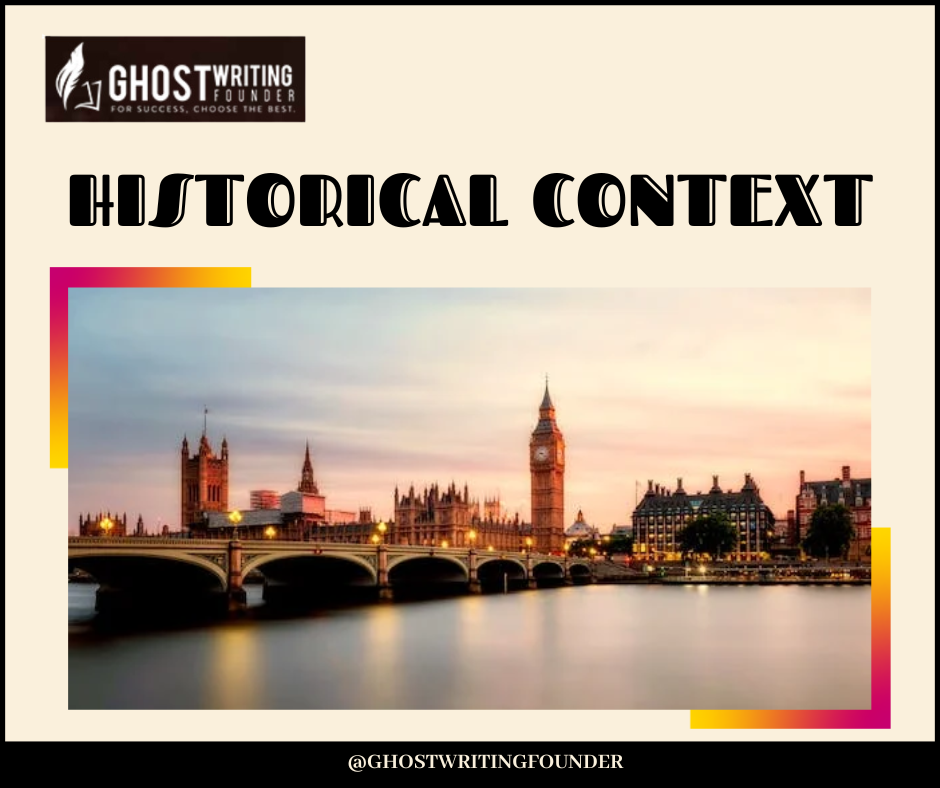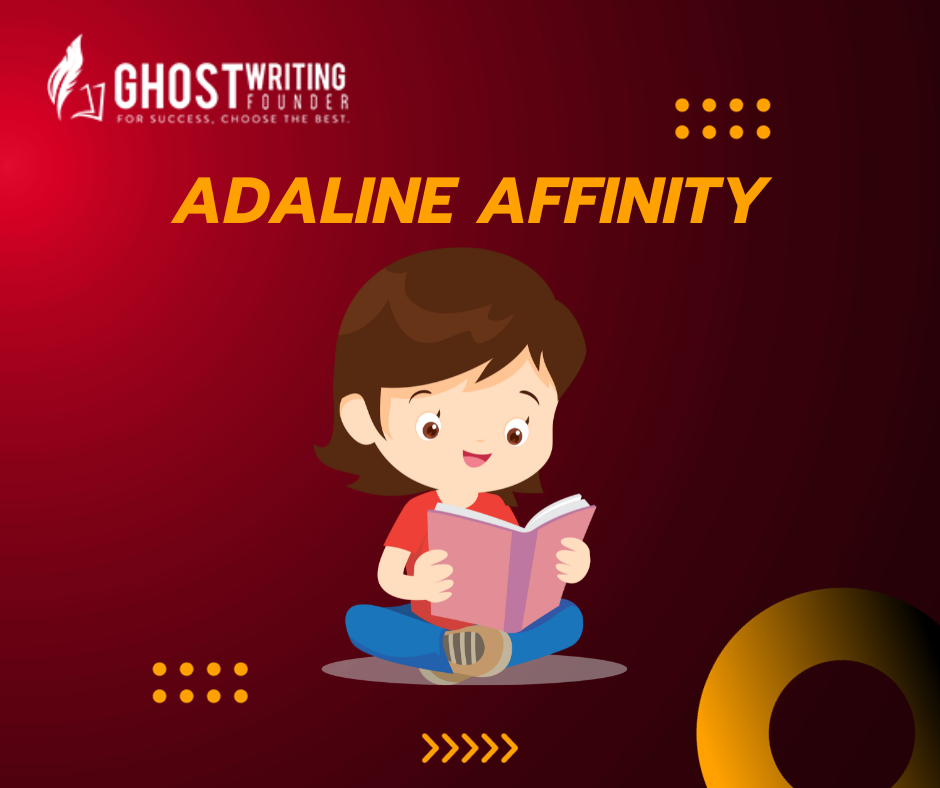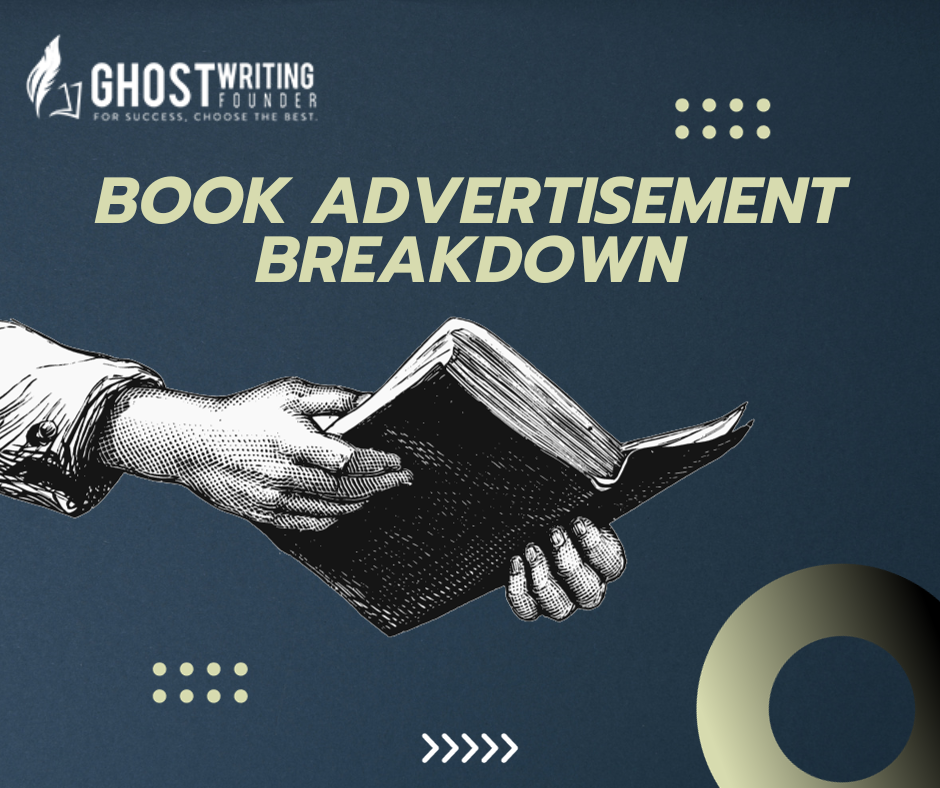
Business
Have you ever read a story and wondered, “Why did the character act that way?” or “What was happening in the world when this story took place?” Well, you’re not alone!
Understanding the historical context of a story can help us make sense of it and appreciate it even more. This article will explore historical context and why it’s essential.
What is Historical context?
Historical context is like a time machine that takes us back to when a story was set. It helps us understand what life was like during that period.
Think of it as the background information setting the story’s stage. It includes things like the period, location, social norms, and major events happening at the time.
Why is Historical Context Important?
Stories are like time machines that transport us to different worlds and eras. Here are some of the many reasons why historical context is very important.
Helps Us Step into the past
Imagine you’re reading a book about a kid in a school. If you know it’s set in the 1800s, you’ll picture something very different from a modern school.
But, historical context helps us picture what life was like back then. It’s like a time-travel guide that lets us enter the past without leaving our cozy chairs.
Makes Characters Make Sense
You must have thought it often while reading, “Why is this character doing that?” Historical context can help explain it.
People act based on the time they live in. For example, if a story is set during a war, a character might be brave because they have to deal with tough times. Understanding this can make the story more relatable.
Shows How Society Worked
Society, or how people interact, can vary depending on when and where a story happens. It helps us see the rules and customs of that time.
Think about it like a set of guidelines everyone follows. Knowing these rules helps us understand why characters do what they do.
Adds Excitement to the plot
Sometimes, it is like a hidden puzzle piece that makes the story more exciting. Imagine reading a story set during a gold rush in the Wild West. You know, everyone’s searching for gold, which adds a sense of adventure and mystery.
Historical events and settings can make the plot more interesting.
Teaches Us About the Past
Stories are not just for fun; they can be like history lessons, too!
It also helps us learn about different times and places. It’s like a peek into the past. When you read stories in context, especially those written by the Ghostwriting Founder, you also learn about the real world and how it used to be.
Some of the examples from the literature:
Now, let’s look at some of the best examples of historical context from literature. Here are some of the most amazing and classic novels of all time, which would help you understand what we mean by historical content.
To Kill a Mockingbird:
To Kill a Mockingbird by Harper Lee is a classic novel set in the American South during the 1930s when racial segregation and discrimination were rampant.
The story takes place in the fictional town of Maycomb, Alabama, during the Great Depression. This was a tough period in American history, with widespread poverty and unemployment. Understanding the economic struggles of the time helps us empathize with the characters’ financial hardships.
The 1930s were marked by deeply ingrained racial segregation. African Americans were treated unfairly, facing discrimination in all aspects of life. This historical context is crucial to understanding the story’s central conflict, where Atticus Finch, a white lawyer, defends Tom Robinson, a black man falsely accused of raping a white woman.
His sense of justice and morality drives Atticus’s decision to defend Tom Robinson. In the historical context of intense racial prejudice, his choice to represent Tom becomes a powerful statement against racism.
The title itself, “To Kill a Mockingbird,” alludes to the idea that it’s a sin to harm innocent creatures, symbolizing the unjust treatment of Tom Robinson.
Little House on the Prairie:
“Little House on the Prairie” is a famous book series and TV show. It’s about a family living in a log cabin in the 1800s. If you read these stories without knowing the historical context, you might wonder why they don’t have electricity or smartphones.
But with context, it all makes sense. In the 1800s, people didn’t have all the modern stuff we do today.
They used oil lamps for light and traveled in horse-drawn wagons. Knowing this helps us understand the challenges and joys of the characters in the story as they live in a time very different from ours.
Pirates of the Caribbean:
Have you ever watched the “Pirates of the Caribbean” movies? They’re full of adventure on the high seas with Captain Jack Sparrow. But what if the movies were set in the present day? It wouldn’t be the same, right?
The context here is when pirates roamed the Caribbean in the 17th and 18th centuries. At that time, the world was a lot different. There were no smartphones or cars. Ships ruled the seas, and pirates were the outlaws of their time.
Understanding this context makes the movies more exciting because we can picture the world of pirates and their swashbuckling adventures.
The Diary of Anne Frank:
“The Diary of Anne Frank” is a real diary written by a girl named Anne during World War II. She and her family had to hide from the Nazis because they were Jewish. This is a powerful example of how context shapes a story.
World War II was a time of fear and danger, especially for Jewish families like Anne’s. Her diary helps us see how scary and difficult life was then.
Understanding the context of the war gives us a deep sense of what Anne and her family went through. This makes her story even more touching and important.
Key Characteristics and Profound Details
| Literary Work | Historical Context | Impact on Story |
|---|---|---|
| To Kill a Mockingbird | 1930s America, racial segregation, Great Depression | Highlights racial injustice and economic struggles, enhancing the moral and social themes. |
| Little House on the Prairie | 1800s American frontier life | Provides insight into the challenges and lifestyle of the period, making the story relatable. |
| Pirates of the Caribbean | 17th-18th century Caribbean, Age of Piracy | Adds adventure and authenticity to the pirate life depicted in the story. |
| The Diary of Anne Frank | World War II, Nazi occupation, Jewish persecution | Offers a personal perspective on the horrors of war and the impact on ordinary lives. |
| General Importance | Varies based on the story | Enhances understanding of characters’ actions and societal norms of the period. |
| Role in Plot Development | Dependent on historical events and settings | Adds depth and excitement to the plot, making it more engaging and realistic. |
| Educational Value | Reflective of the era in which the story is set | Provides historical lessons and insights, enriching the reader’s knowledge of the past. |
Conclusion
Historical context is a secret ingredient that makes a story richer and more meaningful. “To Kill a Mockingbird” is a prime example of how understanding the historical backdrop enhances our appreciation of a story.
It’s not just about reading words on a page; it’s about stepping into the past and experiencing the world through the eyes of the characters. So, the next time you pick up a book, don’t forget to put on your historical context glasses and dive into a deeper understanding of the story.



![Best Books On Manifestation [For 2023]](https://blog.ghostwritingfounder.com/wp-content/uploads/2024/01/best-books-on-manifestation-For-2023.png)





Leave a Reply